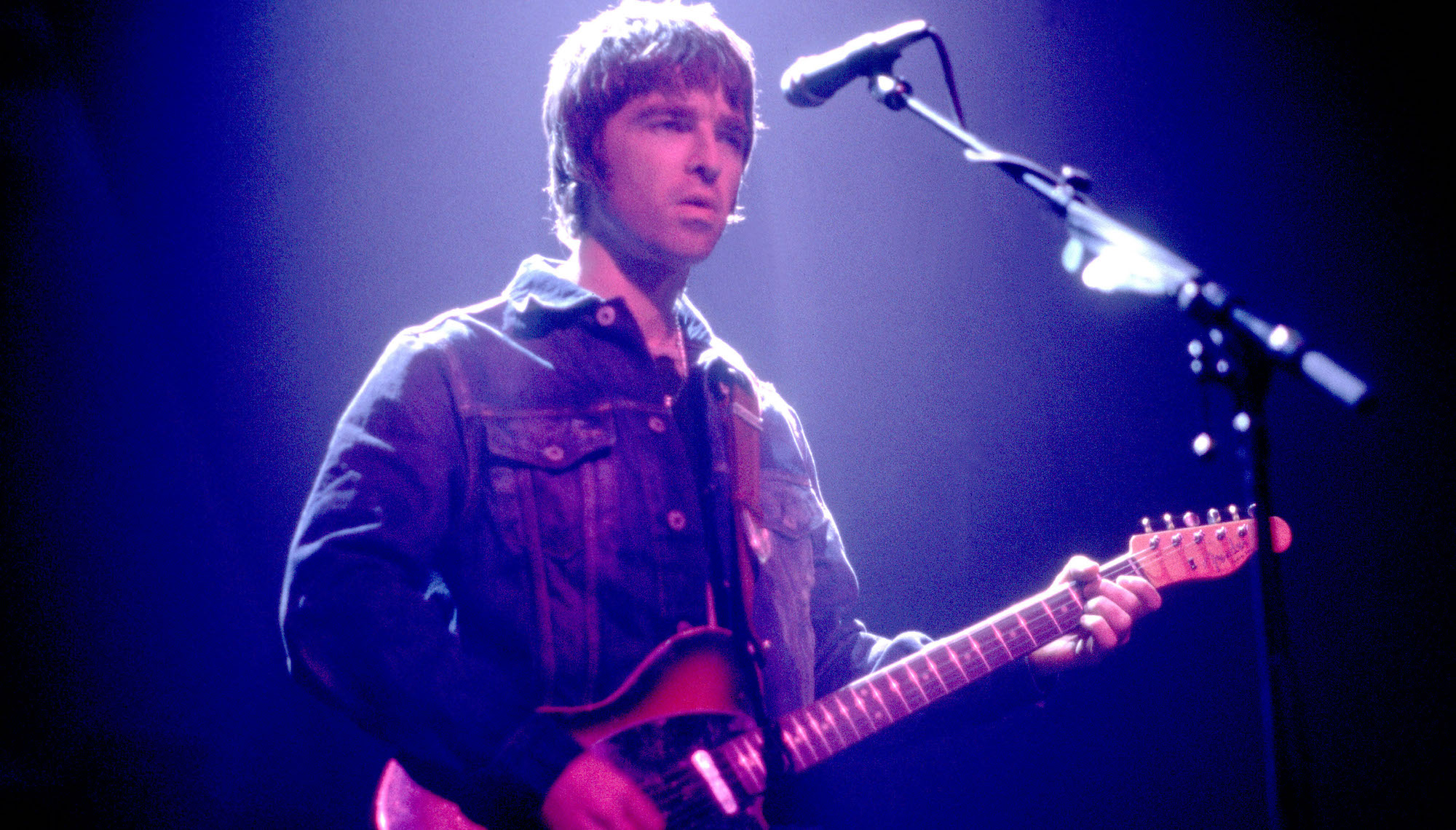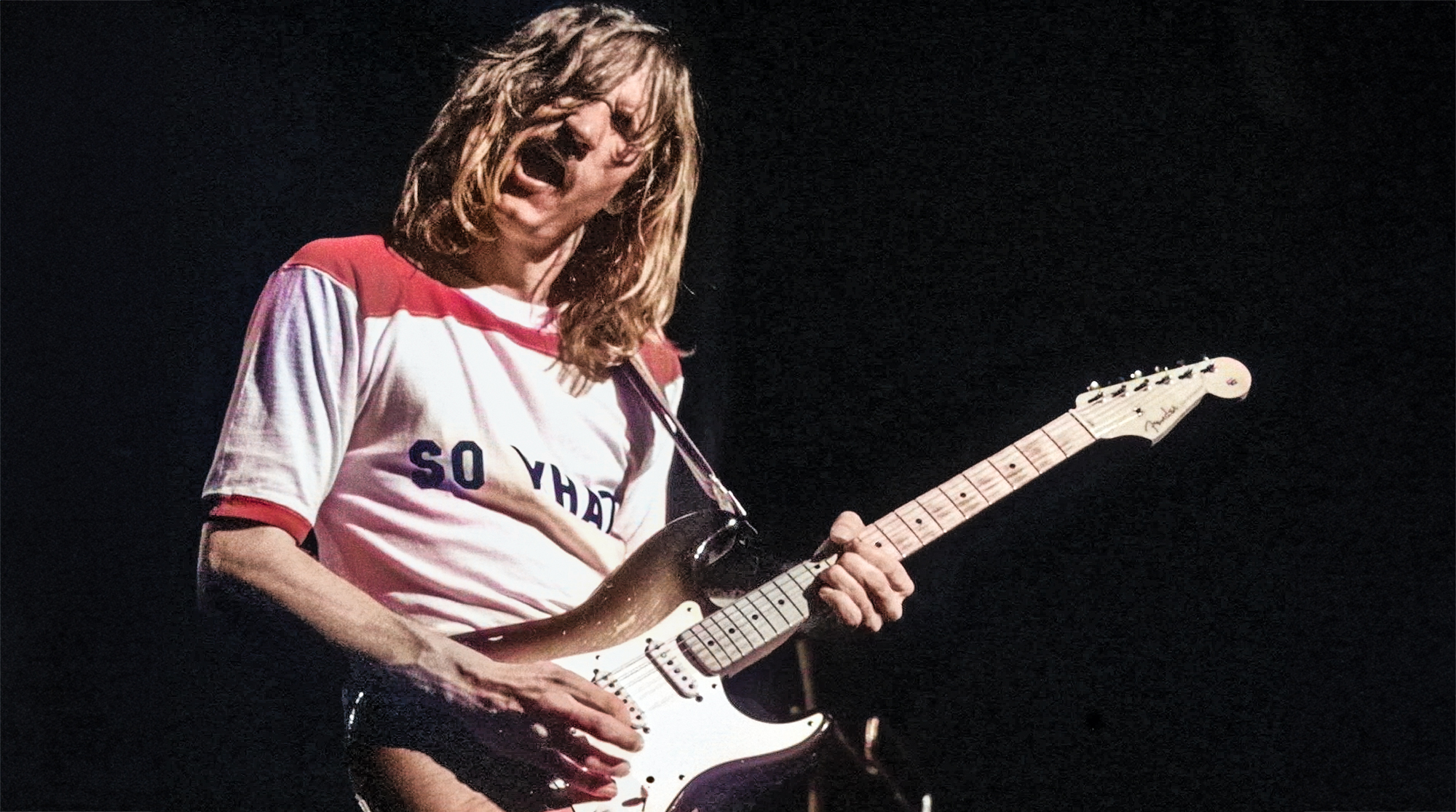“No disrespect to Marshalls, but they have one sound, and that's about it. They're either really loud, or really quiet. But I found that each Fender amp has its own character”: Why Noel Gallagher overhauled his Oasis rig at the peak of the band's success
The hangover (sonically and otherwise) from Oasis's infamously overstuffed and overlong third album, Be Here Now, led Gallagher to pursue a wholesale transformation in sound

By 2000, Oasis stood virtually alone in the rock world.
Their 1995 single, Wonderwall, had reached the permanent ubiquity that would decades later transform it into a meme, and in 1996, the band – without any need to headline an existing festival – simply created their own, drawing 125,000 people a night.
In 1997, the band released Be Here Now, a true carnival of excess that shattered sales records. The album's biggest hit clocked in at an incredible nine minutes, and it was infamously stuffed head to toe with mountains of guitar overdubs in a quantity not heard since the reign of My Bloody Valentine.
Understandably, the hangover (sonically and otherwise) from the album led Oasis guitarist, songwriter, and creative leader Noel Gallagher to change things up for what would become the band's fourth LP, 2000's Standing on the Shoulder of Giants.
Previously a proud Les Paul-into-a-Marshall man, Gallagher told Guitar Player in 2000 that, as he embarked on his mission of sonic exploration, he began to feel limited by his usual Marshalls.
“No disrespect to Marshalls, but they have one sound, and that's just about it,” he said at the time. “They're either really loud, or really quiet. But I found that each Fender amp has its own character.”
Unsurprisingly, the rig overhaul extended beyond amps and into the electric guitar sphere as well.
All the latest guitar news, interviews, lessons, reviews, deals and more, direct to your inbox!
“In the past, I would just have a couple of 100-watt Marshalls, a Les Paul, and my Epiphone Casino, and that would be it,” Gallagher told GP. “I wouldn't even try to experiment with guitar sounds, because I couldn't be bothered.”
On this occasion, though, the guitarist used a “really cool, wine-red '80s Les Paul Deluxe,” plus “a Fender Strat and a '60s Telecaster that Johnny Depp bought me for my 30th birthday.”
Fender liaisons aside, Gallagher is one of the flood of artists who have boarded the Gibson/Epiphone signature artist train since the company changed hands in 2018, teaming up with the brand for a best-of-both-worlds duo of signature models in 2022 – a very high-end Gibson Murphy Lab 1960 ES-355, and a (much) cheaper Epiphone Riviera.

Jackson is an Associate Editor at GuitarWorld.com and GuitarPlayer.com. He’s been writing and editing stories about new gear, technique and guitar-driven music both old and new since 2014, and has also written extensively on the same topics for Guitar Player. Elsewhere, his album reviews and essays have appeared in Louder and Unrecorded. Though open to music of all kinds, his greatest love has always been indie, and everything that falls under its massive umbrella. To that end, you can find him on Twitter crowing about whatever great new guitar band you need to drop everything to hear right now.

